Understanding Contrast for Photographers Who Hate Histograms
No, HDR images and high contrast aren’t really the same thing.
Lots of new photographers picked up the hobby in the pandemic. And we genuinely think that that’s wonderful. However, there’s a lot of misinformation and a lack of understanding of what’s what. Some folks believe that if they go for higher contrast that they’ll get better photos. That’s not necessarily the case. And some folks also think that everything needs to be an HDR. They hate when something is blown out. And to those folks, you’re surely entitled to your own opinions. Some folks want a contrasty lens thinking that it’s always going to be sharper. But that’s wrong: sharpness is sharpness, clarity is clarity, and contrast is contrast.
What Is High Contrast?

Lots of techies will sit here talking about histograms and all that stuff. Yes, they help. They’re not necessary, though. Let’s say you don’t want to look at a computer screen or a mobile phone for a while! Instead, you just want to shoot and get it right in-camera. There’s nothing more rewarding.
So let me first talk about this with lenses. One reason why so many folks like vintage lenses are the character. Lots of the optical flaws are still in there. The coatings don’t sterilize the image. But also, the images aren’t as high contrast.

The above and below photos are in high contrast. And I totally see why folks would like this look.

Contrast quite literally talks about the difference between the brightest brights and the darkest darks. If the full gamut isn’t in there, then it’s a high-contrast image. Bring any photo into your favorite editing software and just play with the files. This tends to make things pop at the expense of details. But modern camera sensors and coatings tend to mitigate that. This can fool the eye into thinking it’s sharper than it really is. If you look closely at images from medium format lenses, you can see just how sharp they are. They’re doing this with the low contrast of film. But when you add it to an already sharp optic, the images look even sharper.
Sometimes you may want more clarity instead. Clarity refers to the mid-tones of an image.
The perfect example of a high-contrast image is a person against a plain white background. Why does this matter? Well, if you want to edit the photo later on, then you’ll have a harder time.
It can also exist between colors. And that can differ based on luminance, hue, and saturation.
What Is Low Contrast?
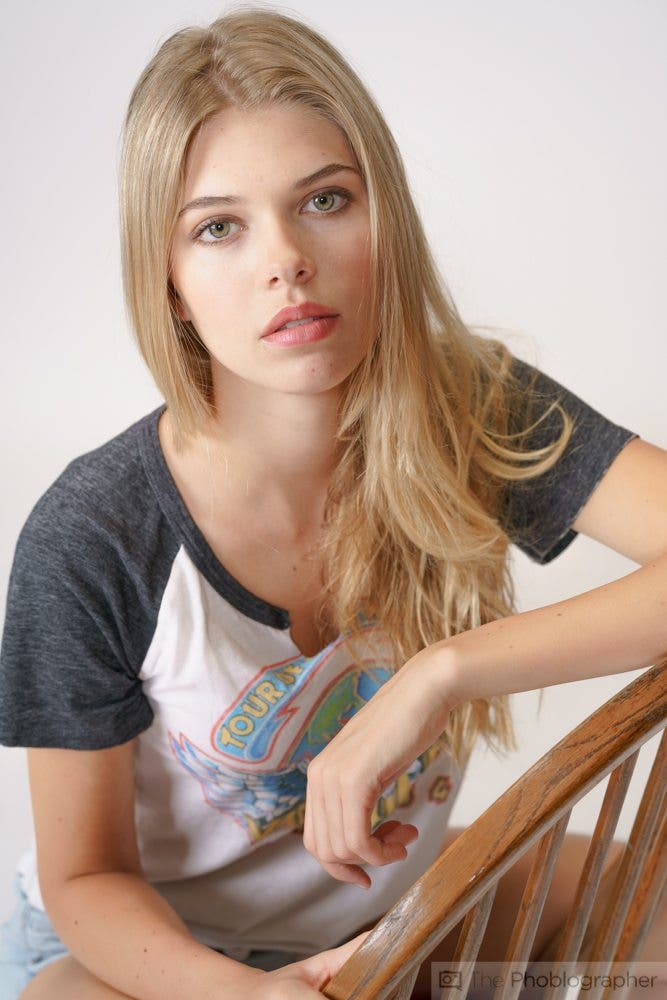
These two photos above and below are low contrast renders.

Again, we’re not talking techy here.
Low contrast may probably not be actually appealing to you folks at all. Some folks confuse it with the pastel look. Pastel isn’t necessarily low. In fact, if you do it with Fujifilm’s PRO400H film, you’re most likely getting something high contrast.
Low is when things are a bit more muted. Instead of the image showing really bright areas and really dark ones, it’s more balanced.
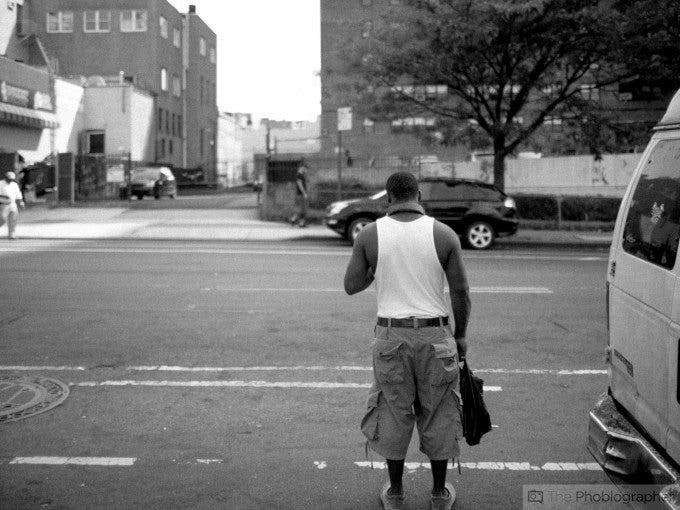
The photo above is a high render. The photo below is a low render. What you like will probably depend on the situation.
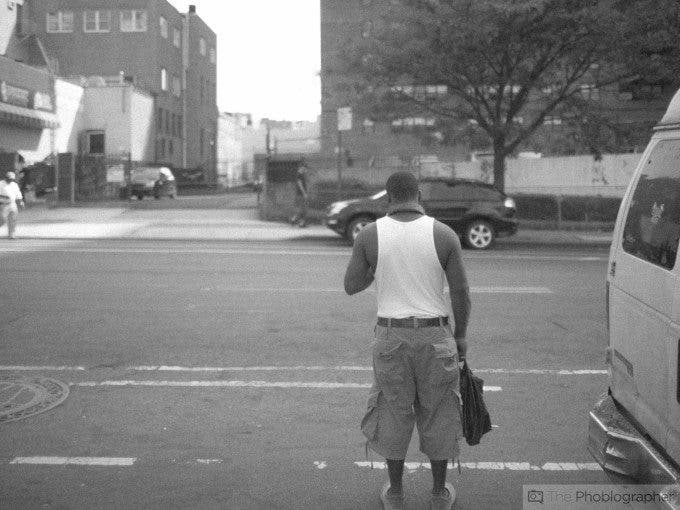
The perfect example of a low-contrast image is a person against an outdoor background with cloud coverage. There are tons of details and tonality in a photo like that.
What Is HDR?
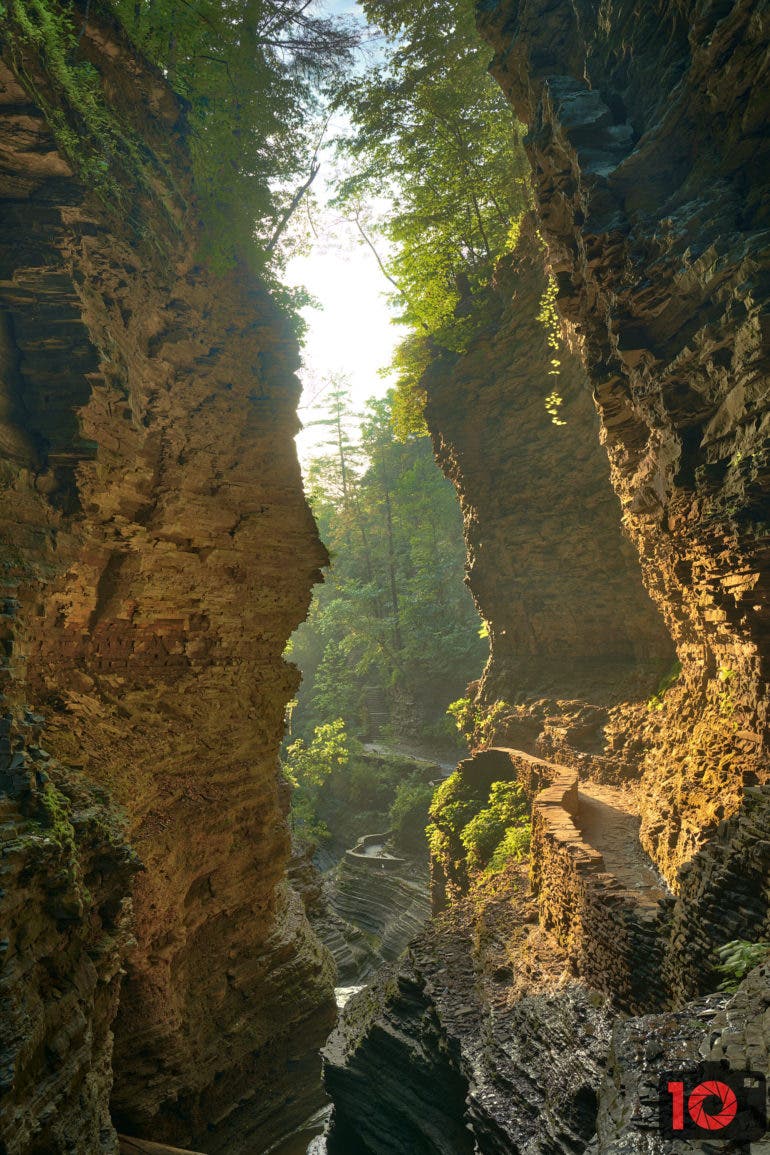
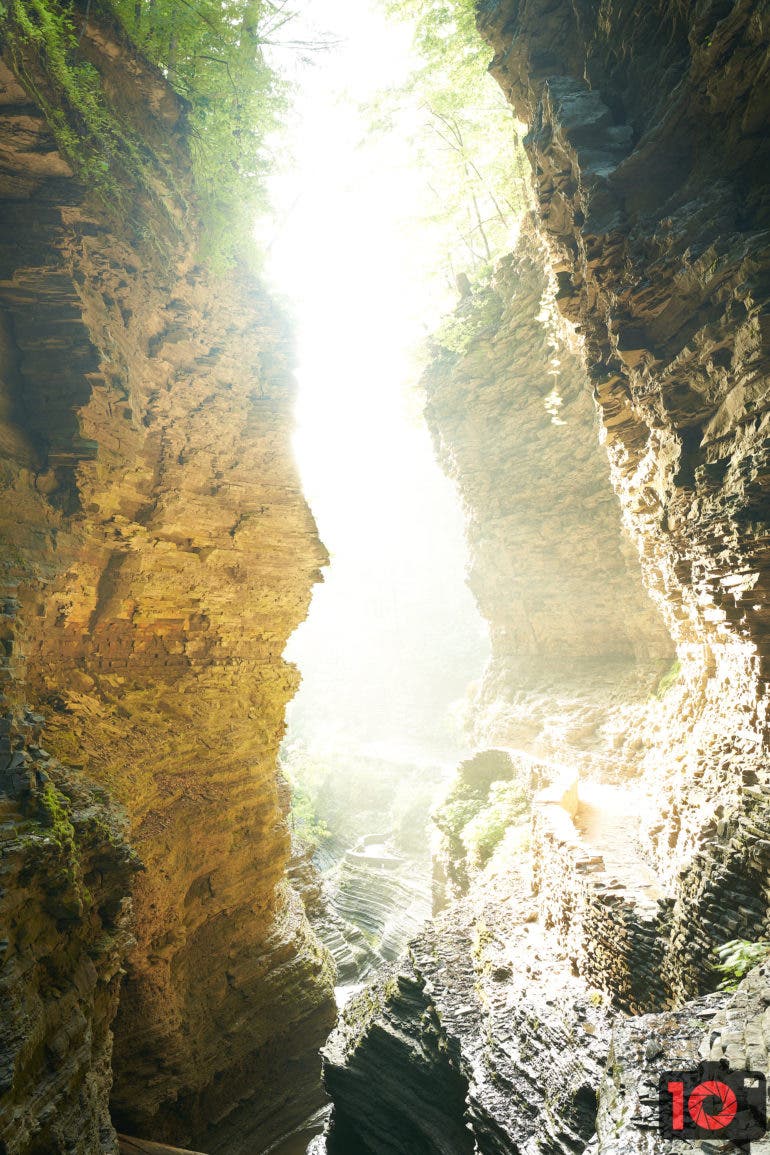
HDR is what you get when you combine multiple images together. You usually use ND filters for this. It gives you loads of tones. It’s obviously how you can get the most dynamic range. Because of that, it’s a low-contrast image. And you’re mostly supposed to use HDR in scenes where there’s high contrast.